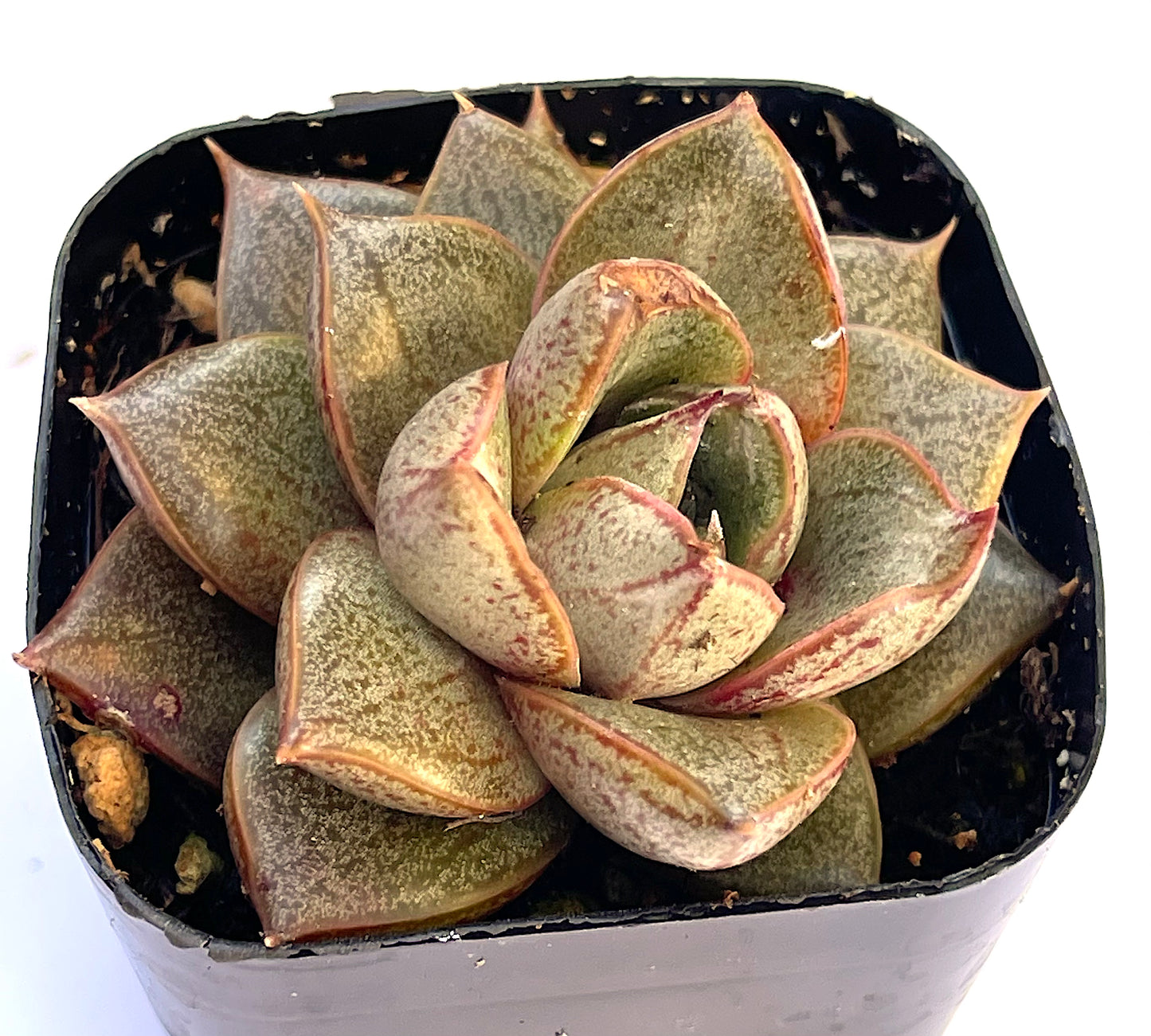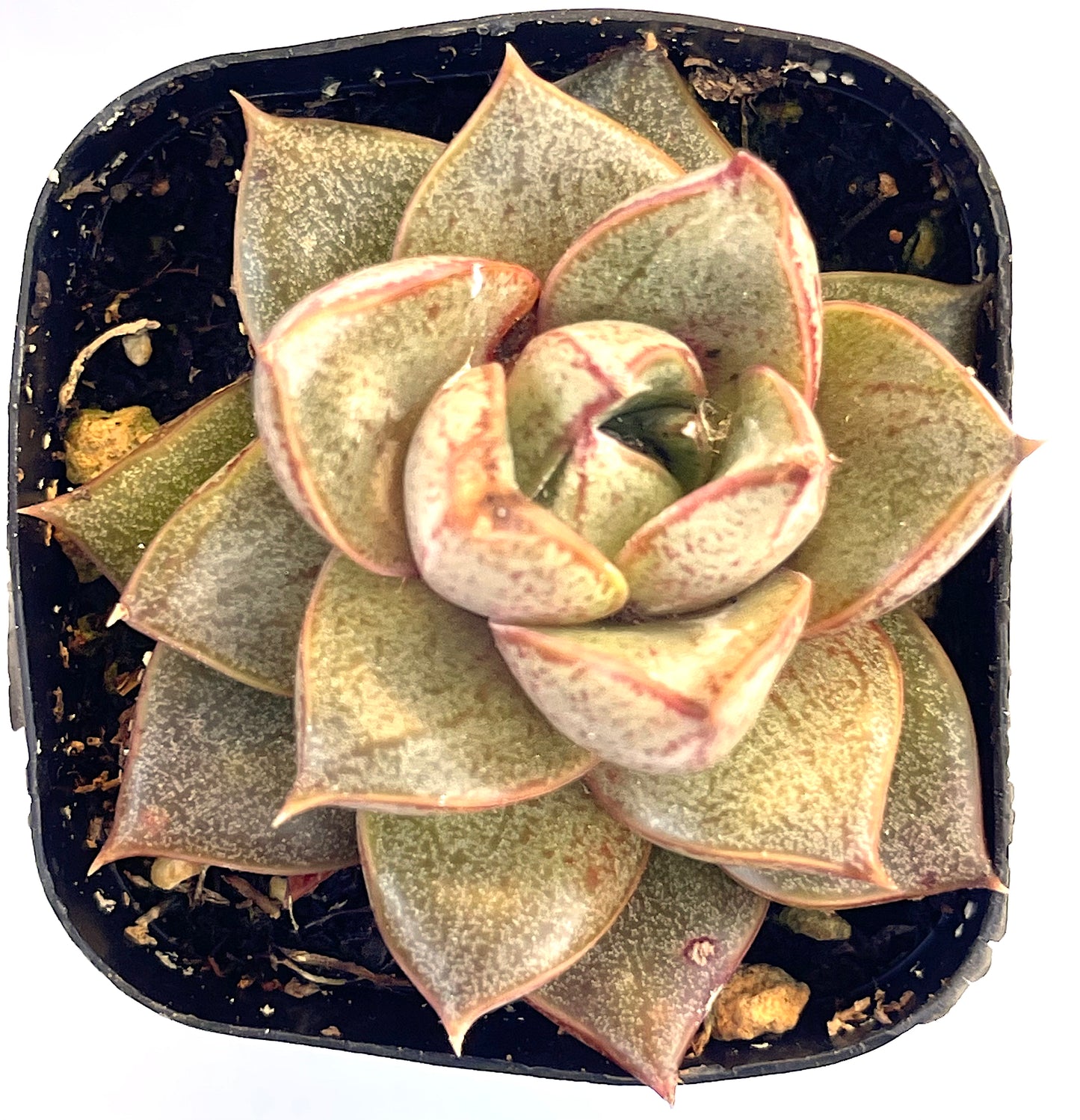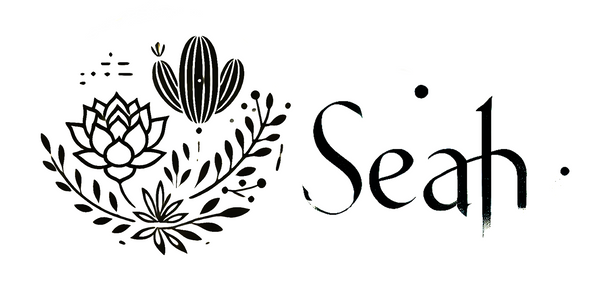1
/
of
2
Seah
Echeveria Purpusorum
Echeveria Purpusorum
Regular price
$4.19 USD
Regular price
$6.99 USD
Sale price
$4.19 USD
Unit price
/
per
In stock
Couldn't load pickup availability
Echeveria purpusorum is a captivating succulent known for its unique and striking appearance. Below is a detailed overview of its morphological characteristics, growth habits, maintenance points, and reproduction method in English.
Morphological Characteristics
- Leaves: Echeveria purpusorum has small, rosette-forming leaves that are green with red to brownish spots. The leaves are thick, succulent, and have a slightly rough texture, which is unusual for Echeverias. The rosettes are compact, typically growing up to 4 inches (10 cm) in diameter.
- Size: It is a small-sized Echeveria, with individual rosettes reaching about 4 inches in height and width. Over time, it can produce offsets around the base, forming a clump.
- Flowers: This plant produces bell-shaped, orange-red flowers on slender, arching inflorescences that can be quite tall in comparison to the plant size, usually appearing in the late spring to early summer.
Growth Habits
- Light: Prefers bright, indirect sunlight. Direct afternoon sun can scorch the leaves, while too little light can cause the plant to stretch (etiolate).
- Temperature: Thrives in a temperate climate and needs to be protected from frost, as it is not cold-hardy.
- Water: Watering should be done according to the "soak and dry" method, where the soil is allowed to dry out completely between waterings. Be cautious of overwatering, which can lead to root rot.
Maintenance Points
- Soil: Well-draining soil is crucial; a cactus or succulent mix is ideal.
- Pot: Use a pot with a drainage hole to prevent water accumulation. A terracotta pot is a good option because it allows the soil to dry more evenly.
- Fertilizer: During the growing season (spring and summer), you can feed the plant with a diluted, balanced, liquid succulent fertilizer once a month to encourage growth.
- Pruning: Dead or damaged leaves should be removed to maintain health and appearance.
Reproduction Method
- Offsets: Echeveria purpusorum produces offsets (baby plants) that can be gently removed from the mother plant once they have formed a good root system. Allow the offset to dry for a day or two before planting it in well-draining soil.
- Leaf cuttings: Leaves can be gently twisted off the plant, making sure to get the entire base. Allow the leaf to callous over for a few days, then place it on top of soil. Roots and a new plant will eventually form at the base of the leaf.
- Seeds: Though not the most common method for casual gardeners, Echeveria purpusorum can be grown from seeds. The seeds should be sown in a well-draining medium and kept moist until germination.
Echeveria purpusorum is valued for its distinctive appearance and is a beautiful addition to any succulent collection, whether grown in containers, as part of a succulent garden, or used in arrangements. Its care requirements are typical of Echeverias, making it accessible to enthusiasts of all levels.




